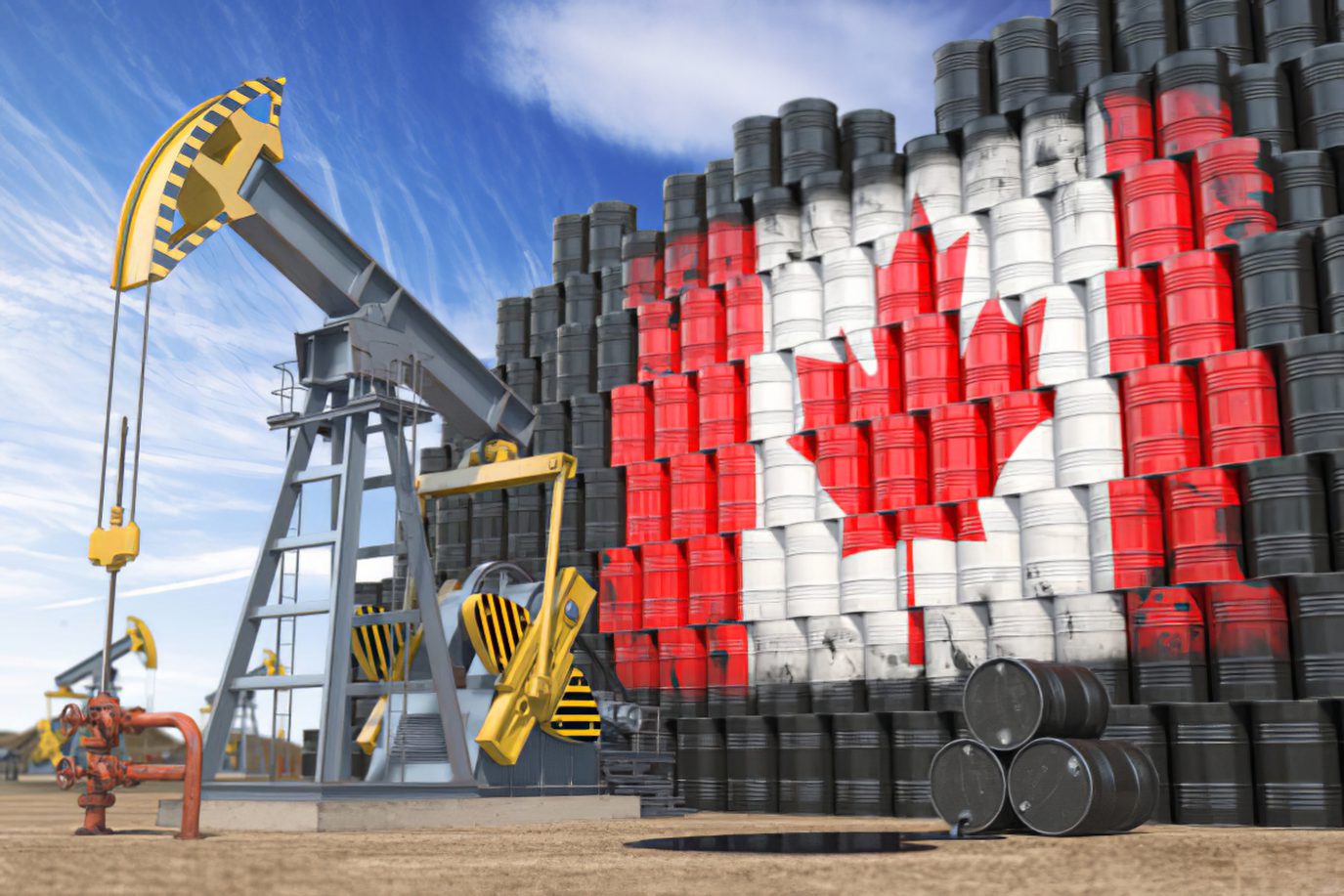Canada’s oil industry is a cornerstone of the country’s economy, employing thousands of workers in high-paying but physically and mentally demanding jobs. However, with long shifts, isolation, and high stress levels, substance abuse has become a persistent issue in the sector. Recognizing the need for intervention, various policies and programs have been implemented to address addiction among oil industry workers, though significant challenges remain.
The Scope of the Addiction Problem
Workers in Canada’s oil industry often operate in remote locations for weeks or even months at a time. The combination of isolation, job stress, and fatigue can lead to substance abuse, particularly alcohol, opioids, and stimulants. Reports have highlighted that addiction rates in these work environments are significantly higher than in other industries. The use of drugs and alcohol is sometimes a coping mechanism to deal with loneliness, pain from physically demanding labor, or even the pressure to maintain high productivity.
Policies and Regulations
To combat addiction issues, both the Canadian government and oil companies have developed regulations and policies to ensure workplace safety and employee well-being. The federal Cannabis Act (2018) and various provincial Occupational Health and Safety (OHS) regulations set guidelines on substance use and impairment in safety-sensitive workplaces.
Oil companies have implemented drug and alcohol testing policies as part of their safety protocols. Many employers conduct pre-employment screening, random drug testing, and post-incident testing. Additionally, most large corporations now have Employee Assistance Programs (EAPs) that offer confidential support, counseling, and referrals for workers struggling with substance abuse.
Challenges in Implementation
Despite the presence of these policies, addressing addiction in the oil sector remains complex. One of the main challenges is the stigma surrounding addiction. Many workers fear that seeking help for substance abuse will lead to job loss or professional repercussions, discouraging them from utilizing available resources.
Another issue is the accessibility of treatment services. Remote job sites often lack immediate access to medical and mental health support, making it difficult for workers to seek professional help when needed. Additionally, high turnover rates in the industry mean that maintaining continuous support for workers over time can be difficult.
Progress and Future Directions
Some companies are taking progressive steps to improve addiction support. For example, firms are expanding peer support programs, where trained workers provide guidance and resources to colleagues facing substance abuse challenges. More oil companies are also adopting harm reduction approaches, such as offering addiction education, access to naloxone kits, and connections to rehabilitation services.
The Canadian government is also increasing investments in mental health initiatives targeted at high-risk industries, recognizing that addiction prevention goes hand in hand with broader mental health support.
Conclusion
Addressing addiction in Canada’s oil industry requires a multi-faceted approach involving policy enforcement, workplace cultural change, and enhanced access to mental health resources. While significant progress has been made, continued collaboration between industry leaders, government agencies, and workers is essential to create a safer and healthier work environment for all employees in the sector.
